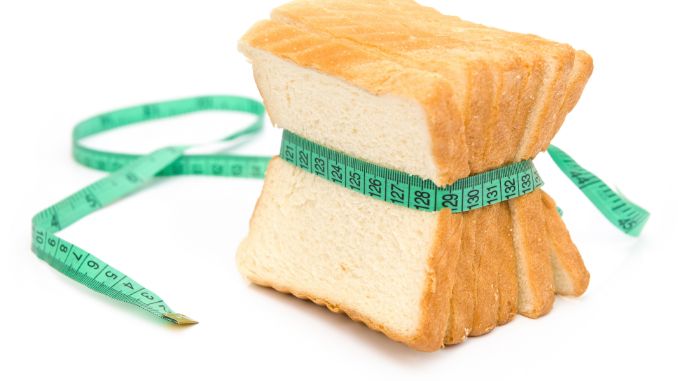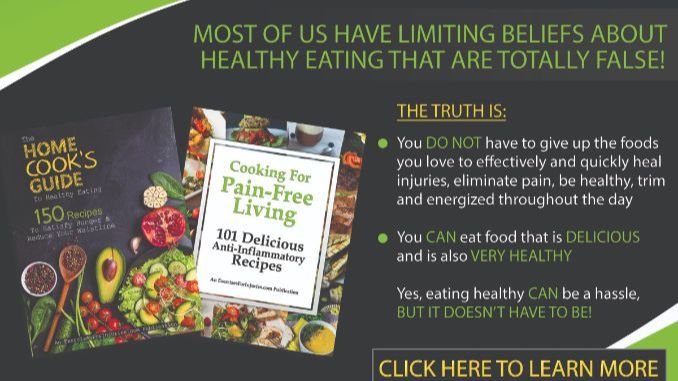I know bread often gets a bad rap when it comes to weight loss, but in my experience, not all bread is created equal. You don’t have to cut it out completely to shed pounds—believe me, I’ve learned that you can still enjoy bread while working towards your goals. The key is choosing the suitable types and practicing moderation. When you make smart choices, bread can actually be part of a balanced, healthy diet.
In this post, I’ll share what I’ve found about the best bread options for weight loss and how you can incorporate them into your routine without feeling guilty. It’s all about balance; I’m here to guide you through it.
Understanding Bread and Weight Loss
Carbohydrates are essential to a balanced diet, providing the energy your body needs to function properly. However, not all carbs are the same. Bread is often singled out because it can be high in refined carbohydrates and quickly digested, leading to blood sugar spikes and increased hunger. But when chosen wisely, bread can fit into a weight-loss-friendly diet.
Refined vs. Whole Grains
The primary difference between refined and whole grains[¹] is how they’re processed. Refined grains, such as those found in white bread, have been stripped of their bran and germ, removing much of their fiber and nutrients. Whole grain bread, made with whole grain flour or whole wheat flour, retains all parts of the grain, making it richer in fiber, protein, and nutrients, which can help you feel fuller longer and support weight loss.
Key Features of the Healthy Breads for Weight Loss
When I started paying closer attention to my diet, I realized that not all breads are bad for weight loss. In fact, I found that some types of bread can help me stay on track. The trick is knowing what to look for. Here are the key features I focus on when choosing bread that supports my weight loss goals:
High Fiber Content
Fiber is crucial for weight loss because it helps you feel full and satisfied, reducing the likelihood of overeating. Whole wheat bread and whole wheat flour are excellent sources of fiber, which aids in weight loss. When selecting bread, look for options that contain at least 3-5 grams of fiber per slice. Whole grain and sprouted grain breads are often high in fiber, making them great choices.
Low Glycemic Index
The glycemic index (GI) measures how quickly a food raises your blood sugar levels. Foods with a low GI release glucose slowly, helping to keep you full and preventing sudden hunger spikes. Bread with a low GI, such as rye or sourdough, can be a better option for weight loss.
Low-Calorie Options
Not all bread is created equal when it comes to calories. Some slices can pack in 100-150 calories or more. Choosing bread that is lower in calories but still nutrient-dense can help you manage your calorie intake while enjoying your meals.
Best Bread Choices for Weight Loss
1. Whole Grain Bread

Whole grain bread, including whole wheat bread, is made from flour that contains all parts of the grain kernel: the bran, germ, and endosperm. Whole wheat bread is particularly high in fiber and essential nutrients, making it a satiating option that supports weight loss and aids digestion. Look for labels that say “100% whole grain” to ensure you get the real deal.
2. Sprouted Grain Bread

Sprouted grain bread is made from whole grains allowed to sprout before being milled into flour. This process increases the bread's nutrient content and makes the grains easier to digest. Brands like Ezekiel bread are popular choices for those looking to lose weight.
3. Rye Bread
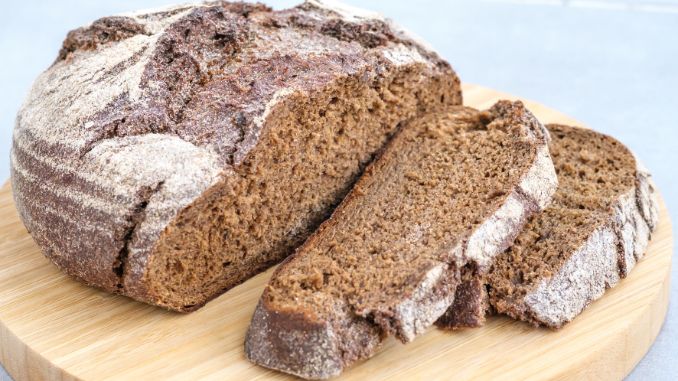
Rye bread, especially 100% rye, has a lower glycemic index than many other bread types. It digests slowly, keeping you fuller longer and helping to control hunger. Its dense texture also makes you less likely to eat multiple slices at once.
4. Sourdough Bread
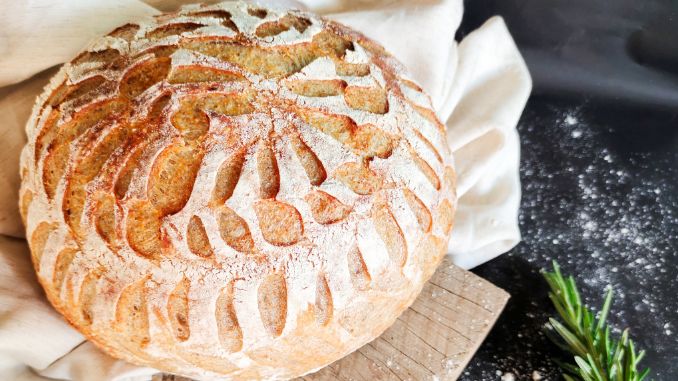
Sourdough bread is made through a fermentation process that can improve digestion and increase the availability of nutrients. Its lower glycemic index makes it a better choice for blood sugar control. While it may not be as high in fiber as other options, it’s a good alternative for those who prefer a tangy flavor.
Low-calorie, High-Fiber Bread
If you're focused on calories, look for bread marketed as "light" or "low-calorie." These often have fewer calories per slice but still provide fiber. Brands like Sara Lee's Delightful or Nature's Own Lite are lower-calorie, high-fiber options that can fit into a weight loss plan.
Breads to Avoid for Weight Loss
As I began my weight loss journey, I soon discovered that not all breads are the same, and some can throw off your progress. After experimenting with different types, I learned which ones can hinder my goals. Here are a few to avoid if you want to stay on track:
1.White Bread
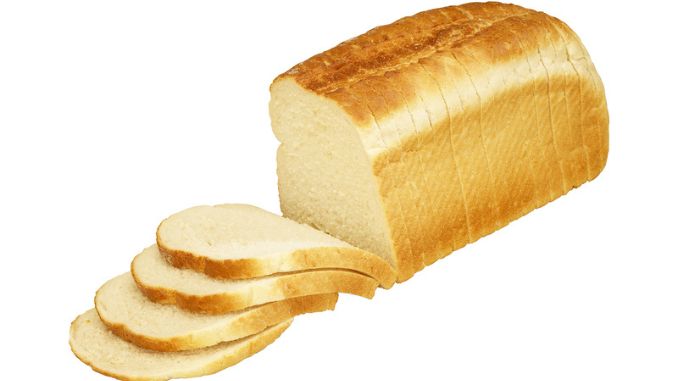
White bread is made from refined flour, stripped of most fiber and nutrients. In contrast, wheat bread retains its fiber and essential nutrients, aiding digestion and weight management. It has a high glycemic index, meaning it causes rapid spikes in blood sugar, leading to increased hunger and potential overeating. For these reasons, it’s best to avoid white bread if you’re trying to lose weight.
2. Flavored and Sweetened Breads
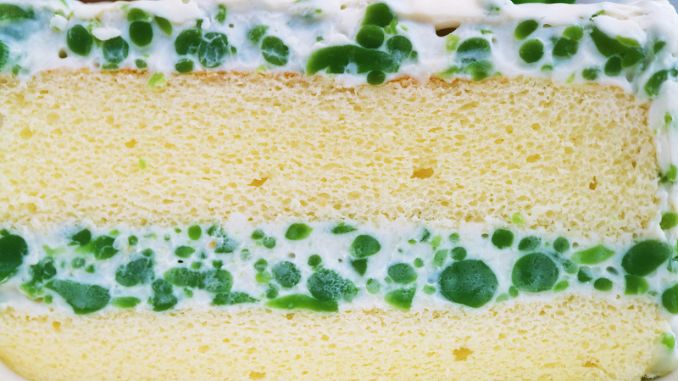
Bread flavored or sweetened, such as cinnamon raisin or honey wheat, often contains added sugar and extra calories. These added ingredients can quickly derail your weight loss efforts by increasing your calorie intake without offering much nutritional benefit.
3. Bread with Added Fats
Some breads include added oils, butter, or other fats to enhance flavor and texture. While they may taste good, these added fats increase the calorie content, making it harder to stay within your daily calorie goals.
Gluten-Free Bread and Weight Loss
Understanding Gluten-Free Bread
With the rise of gluten-free diets, many people are choosing gluten-free bread, even if they don’t have a gluten intolerance. Gluten-free bread can be a good option, but it’s important to choose wisely, as some varieties are made with refined grains [²] and can be higher in calories and lower in fiber.
Comparing Nutritional Value
When comparing gluten-free bread to traditional bread, look for those made with whole-grain flour like brown rice or quinoa. These options will be more nutritious and lower on the glycemic index. Be mindful of the calorie content, as some gluten-free breads can be higher in calories than their gluten-containing counterparts.
Best Gluten-Free Bread Choices
Brands like Udi's and Canyon Bakehouse offer gluten-free bread options that are relatively low in calories and high in fiber. These can be good choices if you need to avoid gluten but still want to support your weight loss goals.
How to Make Your Weight-Loss-Friendly Bread
1. Homemade Bread Benefits
Making your bread offers several advantages, especially when focused on weight loss. One of the most significant benefits is control over the ingredients. Store-bought bread often contains additives, preservatives, and hidden sugars that add unnecessary calories and reduce nutritional value. By baking your bread, you eliminate these concerns, allowing you to focus on wholesome, nutrient-dense ingredients that align with your health goals.
When you make your bread, you can also:
Increase Fiber Content: By choosing whole grain or sprouted grain flours, you can ensure your bread is high in fiber, essential for promoting satiety and aiding digestion.
Reduce Calorie Density: You can limit or eliminate added sugars and fats, common in many commercial breads. This helps in reducing the overall calorie content of your bread.
Enhance Nutritional Value: Adding ingredients like seeds, nuts, or grains not only boosts the fiber content but also adds healthy fats, protein, and essential vitamins and minerals.
Avoid Allergens: If you have dietary restrictions, such as gluten intolerance, making your bread allows you to choose alternative flours and ingredients that meet your needs without compromising taste or texture.
2. Simple Recipes
Creating weight-loss-friendly bread at home doesn’t have to be complicated. Here are a few simple recipes to get you started:
Basic Whole Grain Bread
Ingredients:
3 cups whole wheat flour
1 cup warm water
1 tablespoon honey or maple syrup (optional for slight sweetness)
1 tablespoon active dry yeast
1 teaspoon salt
1 tablespoon olive oil (optional for texture)
Instructions:
- Mix the warm water, honey (if using), and yeast in a large bowl. Let it sit for about 5 minutes until frothy.
- Add the flour, salt, and olive oil (if using) to the yeast mixture.
- Mix until a dough forms, then knead for about 10 minutes until smooth and elastic.
- Cover the dough and let it rise in a warm place for about 1 hour or until doubled in size.
- Punch the dough down, shape it into a loaf, and place it in a greased pan.
- Let the dough rise again for about 30 minutes.
- Bake at 375°F (190°C) for 25-30 minutes until golden brown.
Sprouted Grain Bread
Ingredients:
2 cups sprouted wheat flour
1 cup warm water
1 tablespoon maple syrup or molasses (optional)
1 tablespoon active dry yeast
1 teaspoon salt
2 tablespoons ground flaxseeds or chia seeds (for added fiber)
Instructions:
Dissolve the yeast and syrup/molasses in warm water and let it sit for 5 minutes until frothy.
Mix the sprouted wheat flour, salt, and seeds in a large bowl.
Add the yeast mixture to the dry ingredients and stir until a dough forms.
Knead the dough on a floured surface for 8-10 minutes until smooth.
Place the dough in a greased bowl, cover it, and let it rise warmly for 1 hour.
Shape the dough into a loaf and place it in a greased pan.
Allow the dough to rise for an additional 30 minutes.
Bake at 375°F (190°C) for 30-35 minutes or until the bread sounds hollow when tapped.
High-Fiber Seed Bread
Ingredients:
1 cup whole wheat flour
1 cup oat flour (made by grinding oats)
½ cup ground flaxseeds
¼ cup chia seeds
1 tablespoon baking powder
1 teaspoon salt
1 cup plain Greek yogurt (for moisture and added protein)
1 cup warm water
Instructions:
Preheat your oven to 350°F (175°C) and then grease a loaf pan.
In a large bowl, combine all dry ingredients: whole wheat flour, oat flour, ground flaxseeds, chia seeds, baking powder, and salt.
In a separate bowl, mix the yogurt and warm water until smooth.
Add the wet ingredients to the dry ingredients and mix until just combined.
Pour the batter into the prepared loaf pan.
Bake for 40-45 minutes or until a toothpick inserted into the center comes clean.
3. Tips for Baking
When I’m making bread that supports my weight loss goals, I always keep a few key tips in mind to ensure it’s both nutritious and then delicious:
Choose the Right Flour: Opt for whole grain or sprouted grain flours, as they retain the most nutrients and fiber. These flours have a lower glycemic index than refined flours, helping to stabilize your blood sugar.
Incorporate Fiber-Rich Additions: Boost the fiber content by adding ingredients like chia seeds, flaxseeds, or psyllium husk. These additions not only increase the nutritional value but also improve the texture of the bread, making it more filling.
Limit Sweeteners: While a small amount of honey, maple syrup, or molasses can help activate the yeast and add flavor, it’s important to use these in moderation to keep the calorie content low. You can also experiment with natural sweeteners like stevia or monk fruit.
Mind the Fats: If you add fats like oil or butter to your bread, use them sparingly. Olive or coconut oil can add moisture and flavor without significantly increasing the calorie content.
Portion Control: Consider dividing your dough into smaller loaves or even rolls. This makes it easier to manage portion sizes and prevents overindulgence.
Enhance flavor Naturally: Instead of adding extra fat or sugar for flavor, use herbs, spices, and whole grains. Ingredients like rosemary, garlic, or caraway seeds can add a lot of flavor with minimal calories.
By following these tips and experimenting with different recipes, you can enjoy homemade bread that fits seamlessly into your weight loss plan.
Bread Alternatives for Weight Loss
Lettuce Wraps and Collard Greens: For a low-calorie bread alternative, try lettuce or collard greens as wraps for sandwiches. These options are virtually calorie-free and add a refreshing crunch to your meals.
Cauliflower Bread: Cauliflower bread is made by blending cauliflower with eggs and cheese to create a low-carb, gluten-free bread alternative. It’s an excellent option for those looking to reduce their calorie and carb intake.
Sweet Potato Toast: Sweet potato slices can be baked or toasted and used as a bread substitute for a nutrient-rich, naturally sweet base for toppings like avocado or nut butter.
Portobello Mushrooms: Large Portobello mushroom caps can be used as a bread replacement in sandwiches or burgers, providing a low-calorie, flavorful alternative that adds a serving of vegetables to your meal.
Tips for Including Bread in a Weight Loss Diet
Portion Control: Even with healthier bread choices, portion control is key. Stick to one or two slices per meal, and be mindful of what you’re pairing with the bread to avoid excessive calorie intake.
Pairing Bread with Protein and Healthy Fats: Combining bread with protein and healthy fats, like eggs, lean meats, or avocado, can help you feel full longer and stabilize your energy levels. This approach also helps prevent overeating later in the day.
Reading Labels: Always read the nutrition labels on bread packages. Look for bread with the first ingredient listed as "whole grain," aim for at least 3-5 grams of fiber per slice, and avoid those with added sugars and unhealthy fats.
Homemade Bread Options: Consider making your bread to have full control over the ingredients. You can create a bread that supports your weight loss goals by using whole grains and limiting added sugars and fats.
Conclusion
For me, finding the right bread for weight loss means choosing options that are high in fiber, low in calories, and made from whole or sprouted grains. Once I learned what to look for and how to fit bread into my diet wisely, I realized I could still enjoy it without worrying about my progress.
I’d love to hear from you! What’s your favorite healthy bread or recipe? Share it in the comments below, and don’t forget to subscribe to the blog for more tips on maintaining a healthy lifestyle.
Transform your health with our Anti-Inflammatory Cookbook Bundle! Dive into a collection of delicious, easy-to-make recipes crafted to reduce inflammation, boost energy, and support overall well-being. Don’t wait—start your journey to a healthier you today with flavors you’ll love and the wellness you deserve.

